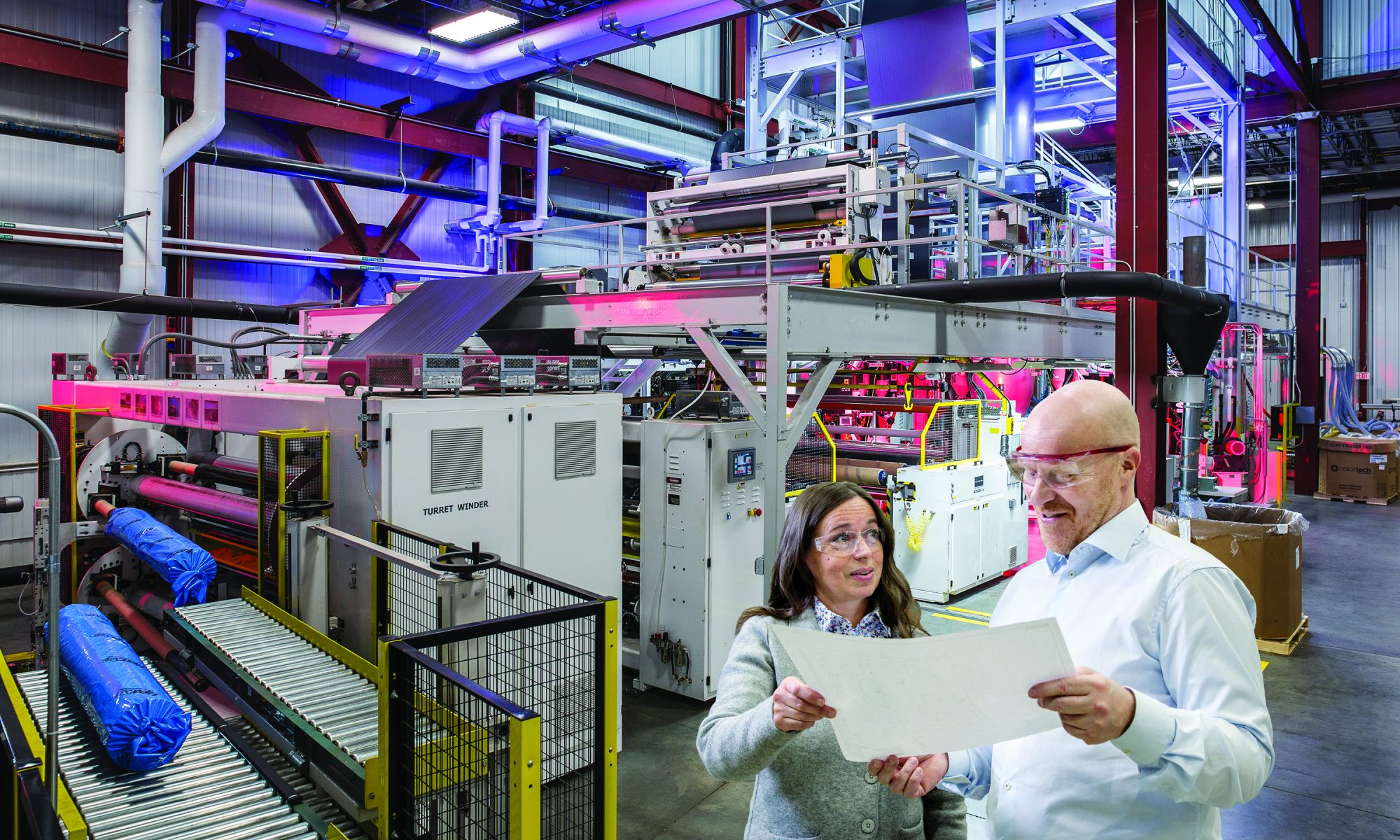
Most of us in manufacturing know that having your ISO 9001 certification is an essential part of running a competitive business. ISO (the International Organization for Standardization) has done an excellent job of creating universal standards that promote quality management and assurance on a global scale. What most of us may not know, per the ISO website (www.iso.org), having a quality management system can not only help improve performance but also act as a sound basis for continuous and sustainability improvement initiatives.
Preparing for certification and continuing certification requires a little extra work. But with some practical strategies and good habits, it becomes routine and a path you will not regret incorporating into your process. In this blog, we’ll highlight a few things we do at Davis-Standard to support ISO certification efforts and re-certification readiness.
First, let’s remind ourselves of a few reasons ISO certification is so important. Here a few key benefits from a performance perspective:
-
- Demonstrated commitment to meeting an international standard of excellence for quality
- Error reduction, resulting in reduced waste
- Increased business; both new and existing
- More efficient delivery of products
- Improved environmental performance of your supply chain
- Compliance with legislation and regulations
As for your employees, the ISO process is a valuable tool in creating dynamic team environments. Advantages include improved team communication, routine risk assessment, ongoing promotion of quality standards, safer workspaces, adequately resourced and managed responsibilities, ongoing training opportunities and more. Continual business improvement and personal employee growth go hand-in-hand, and ISO certification affirms that perspective.
If you are in the process of getting ready for certification, here are our top six suggestions:
(1) Develop a vision and quality statement
(2) Host a kick-off meeting with senior leadership outlining high-level goals such as improving customer satisfaction, decreased rework costs, improved process efficiency, mitigation of process and operation-based risks, etc.
(3) Review and refresh existing procedures for business and manufacturing processes. Don’t recreate the wheel; work with what you’ve got. Remember, certification is about continuous
(4) Offer ongoing training about what your certification brings to the business and how employees can help. “Lunch and learn” sessions are a great tool!
(5) Complete the standard requirements, including the internal audit, risk register and management review.
(6) Report on your wins! (and often)
As with most certifications, you’ll need to continue your efforts. Here are our top five suggestions if you’re in the process of recertification:
(1) Report on your wins. Yes, that’s worth repeating!
(2) Seek suggestions for improvements, document them, and put processes in place for implementation.
(3) Conduct annual audits for cross-training in accordance with standard requirements.
(4) Offer refresher training on various procedures and processes throughout the year.
(5) Distribute annual customer surveys to validate improvements and identify new strategies.
As with all quality improvement initiatives, creating a system of regular accountability will make your ISO objectives much easier to attain. For more specifics about ISO certification related to manufacturing, visit: https://www.qmsuk.com/iso-by-industry/manufacturing. For more information about how to get certified, visit: https://www.iso.org/standard/62085.html.
Do you currently have an ISO certification? If so, are there any other initiatives your business has in place to get your plant and teams ready? We’d love to hear about your experience.
We wish you well with your ISO certification endeavors! For any other questions, e-mail marketing.
Stay safe and healthy!
Cheers,
The D-S Connect Blog Team
